When I try to get the eigenvalue of a specific matrix, I get different answer using EigenSolver in Eigen Library and Matlab. Can someone tell me the reason?
C++ code:
Eigen::EigenSolver<Eigen::MatrixXd> solver_1(H_);
std::cout << "\nhes\n" << solver_1.eigenvalues() << std::endl;
std::cout << "\nhes1\n" << solver_1.pseudoEigenvalueMatrix().diagonal() << std::endl;
Matlab:
[Q1,L1] = eig(D)
hes = diag(L1)
C++ answer:

MATLAB answer:
